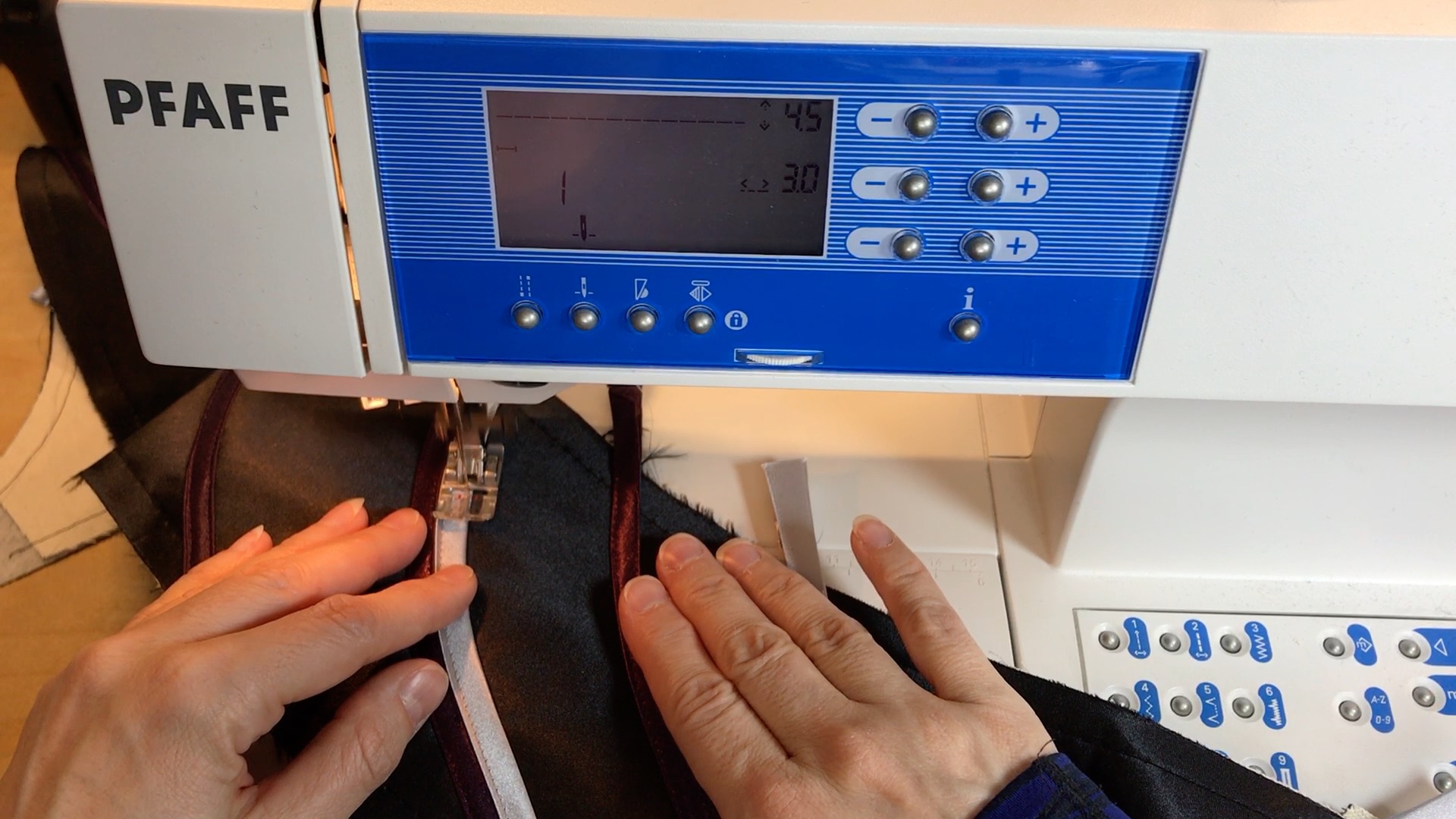Sewing machines can be intimidating. Fortunately, after you get used to using them for a while, it becomes second nature. Here are some key pointers on sewing machine operation.
Safety First
Always keep fingers away from the needle area and ensure hair and loose clothing are secured. Develop good habits from the start.
Be mindful of the needle placement. And whenever you are performing maintenance or changing the thread, needle, or the bobbin, turn your machine off so you don’t accidentally press the pedal and make it go when your fingers are in the way.
Proper Setup
You’ll need to make sure that your machine is in a safe enough space to operate. Make sure the machine is on a stable, flat surface.
Plug the power cord and foot pedal into the machine and make sure they are properly connected. Do this before plugging it into the wall socket.
Position yourself in front of the needle for sewing.
Threading Fundamentals
Correct threading is crucial for proper stitch formation. Here are some guidelines.
Follow your machine’s threading diagram exactly for both the top and the bottom (bobbin) thread. You can usually find this information in the manual. If you don’t have the manual, look for one online for your machine. Failure to thread your machine properly can result in bad stitches or jams.
Use quality thread appropriate for your project. Most projects can be sewn with all-purpose thread. Just make sure it is a good quality so you aren’t fighting breakage and thread defects. Do not use serger thread in your sewing machine.
Ensure the presser foot is up while threading (this releases tension on the thread).
Setting the Tension
Proper thread tension is vital for quality stitches.
Learn to recognize what good tension looks like (stitches lock in the middle of the fabric layers). The top and bottom thread stitches look about the same.
If you see loops on top or bottom, you need to adjust the tension.
Most machines have a tension dial to adjust the top thread tension. Some machines have a bottom thread tension setting that requires a screwdriver; some machines’ bottom thread tension is not adjustable. Check your manual.
If you need to adjust the tension, do so gradually so you do not overcorrect.
Sewing
Pick your stitch and associated stitch settings.
Then put your fabric in under the presser foot, and lower the presser foot. If you don’t lower the presser foot, your top thread will not be under tension because the disks will not have closed on it. (This is true for most modern machines; some really old machines or industrial machines may not open and close the tension disks with the presser foot.)
Sew by pressing the foot pedal down. You control the speed of the machine by how hard you press the pedal down. This technically controls how fast the needle goes up and down. Or the rate your machine makes a stitch, in terms of stitches per minute.
The rate at which your fabric is pulled through the machine is controlled by the speed of the needle AND the stitch length. A longer stitch length will pull the fabric through the machine faster than a shorter stitch length.
Keep your hands away from the needle. And learn to steer without distorting the fabric.
When you sew, it’s important to sew with the correct seam allowance. And this is usually determined by the pattern.
Most common seam allowances and some uncommon seam allowances are marked on the needle plate, usually.
I often use a half an inch when I draft patterns, but 5/8” is pretty standard in commercial patterns. Some activewear patterns have 1/4” or 6mm seam allowances. My machine has marks from half inch to 1 and 1/8 inch on the needle plate as well as some centimeter marks.
These marks are what you would line the edge of your fabric up with while you sew.
Provided your needle is in the default position for your machine and you are sewing a straight stitch.
Sewing Practice
To practice sewing, you can just use paper. Don’t even thread your machine. Practice keeping a specific seam allowance as you sew.
Then, when you are ready to move on to using fabric, find something easy to sew. Choose something that you wouldn’t be heartbroken if you mess up if you are super new to sewing, before you embark on long projects or expensive fabric.
And always, check your manual for very machine-specific operations and maintenance.

